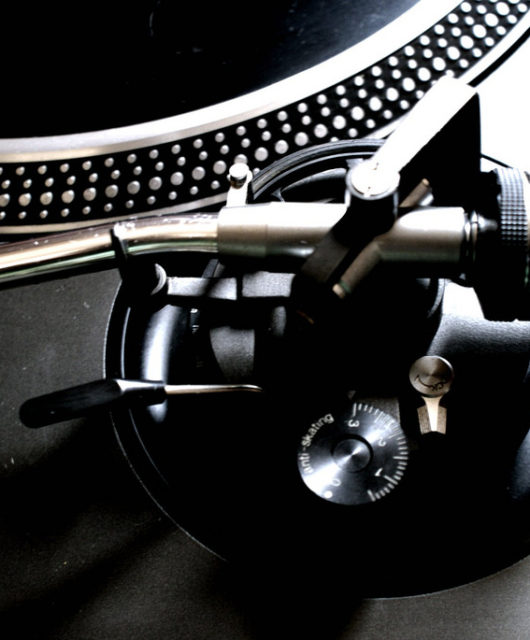What Is A Variable Attenuator Used For

The oxford dictionary defines an attenuator as “a device consisting of an arrangement of resistors which reduces the strength of a radio or audio signal.” Essentially, a variable attenuator does the same thing.
In this article, we dive into all you need to know about variable attenuators, their usage, types, and more.
So, what exactly is a variable attenuator and what is it used for?
A variable attenuator can be defined as a circuit that reduces input signal strength or intensity. The circuit can either do this continuously or by using a step-by-step process all while ensuring the signal is free from any distortion. This process also helps to keep an accurate impedance match. Attenuators are usually used in numerous areas where the level of the signal received needs to be monitored or controlled. Variable attenuators can be adjusted mechanically using a control knob or tuning screw.
Where are variable attenuators used?
These circuits can be applied in many fields but they are mainly used in radio, communication as well as transmission line applications. As earlier explained, they are useful in these applications for weakening very strong or intense signals which could potentially be damaging. Within the realm of circuit design, attenuators are widely utilized for a variety of reasons. Thanks to the ease of design and surface mount technology, where stray inductance is rare, these attenuators can perform extremely well.
Attenuators are used in multiple ways and as such they are a very important component used in the design of RF circuits, some of these applications are discussed in detail below:
Signal Level Reduction: this is the primary function of every attenuator. This is so that the signal level is maintained within the desired range. Testing high power radio waves is another of its uses, for example in transmitters where the signal level needs to be reduced before it can be applied to a piece of test equipment.
Control of variable levels: Level control can be done using RF attenuators using items like signal generators. A stronger signal would be generated by using switch attenuators and reducing the output to the required level using the fixed level generated by the basic generator.
Impedance match improvement: This is another key feature that attenuators were intended for. A poor impedance match can degrade the performance of RF mixers that are match sensitive, so this is a very useful feature.
Types of Attenuators
Attenuators come in several types as highlighted below:
-
Fixed Type: This type of attenuator locks the resistor network at a fixed attenuation level.
-
Step Type: Unlike variable attenuators, the stop attenuator switches in fixed attenuation states, this is usually achieved using binary steps.
-
Continuously Variable Type.
-
Programmable Type.
-
DC Bias Type.
-
DC Blocking Type.
-
Optical Attenuators.
Factors to be considered when selecting an attenuator
The most important factor to be considered is the ability of the attenuator to handle power effectively and safely. It is excellent practice to choose one with better power handling capabilities than the power you require. If the application demands high power handling, especially in hot settings, an attenuator with improved heat dissipation is also beneficial.









